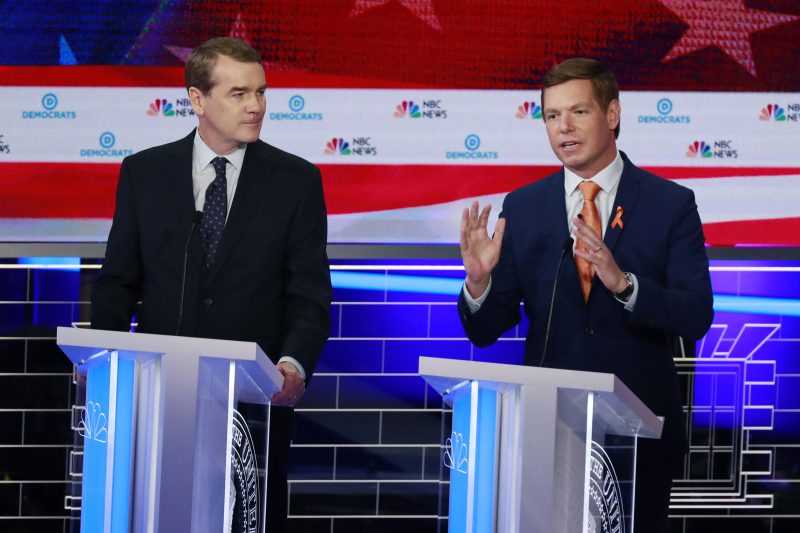
Democrats Struggle to Pass the Torch: Bridging the Generation Gap
Democratic Party Struggles to Transition Leadership to Younger Generation
With the 2020 presidential election approaching, the Democratic Party finds itself at a crossroads as it grapples with the challenge of passing the torch to a new generation of leaders. Despite efforts to cultivate and promote younger voices within the party, Democrats continue to face obstacles in effectively transitioning power to the next cohort of leaders.
One of the key hurdles facing the Democratic Party is the entrenched power structures that have long defined its leadership. The older, more established members of the party often wield significant influence and are hesitant to relinquish control to younger leaders who may bring new perspectives and ideas. This resistance to change has created a bottleneck in the party’s leadership pipeline, preventing emerging talents from rising to the forefront.
Moreover, the Democratic Party’s struggle to pass the torch to younger leaders is emblematic of a broader generational divide within American politics. The party’s older stalwarts may be out of touch with the priorities and concerns of younger voters, who are increasingly shaping the political landscape. Failure to engage and empower this demographic could result in the alienation of a crucial voting bloc and undermine the party’s long-term viability.
Another factor complicating the Democratic Party’s efforts to transition to a new generation of leaders is the lack of clear succession planning. While there are undoubtedly talented young politicians within the party ranks, the absence of a structured pathway for their advancement hinders their ability to assume positions of greater authority and responsibility. Without a coherent strategy for leadership development, promising young Democrats may struggle to break through the glass ceiling and make their mark on the national stage.
To successfully navigate this leadership transition, the Democratic Party must embrace a culture of inclusivity and open-mindedness that values the contributions of both young and seasoned leaders. By fostering a more collaborative and democratic decision-making process, the party can create space for fresh voices to be heard and respected. Moreover, investing in mentorship programs and leadership development initiatives can help nurture the next generation of Democratic leaders and ensure a smooth transition of power.
In conclusion, the Democratic Party’s ongoing struggle to pass the torch to younger leaders highlights the need for structural reforms and a shift in mindset within the party. By breaking down barriers to entry and creating pathways for young talent to thrive, Democrats can build a more dynamic and resilient leadership bench that is reflective of the diverse electorate they seek to represent. Only by embracing change and proactively investing in the future can the Democratic Party continue to evolve and remain relevant in an increasingly complex political landscape.
